-
Posts
455 -
Joined
-
Last visited
Content Type
Profiles
Forums
Articles
Gallery
Downloads
Events
Posts posted by 671jungle
-
-
-
-
-
-
Old axel. Any one know how to take this apart without damaging it? The flange holes are about the same distance as my postvise mounting bracket. It would be a great stand/mount. Picked it up for free awhile back along with two 4” OD 1/4” thick T post that we’re old school clotheslines.
thanks y’all!
-
Nice. good luck! looking forward to seeing what comes.
-
What are you melting? What are you using for molds? Nice looking oven
-
If absolutely needed on the anvil, You could could cut a square into the side creating three walls and then full penetration weld a thick flat bar to make the 4th wall to accommodate hold downs.
Otherwise the post vise will suffice for most bootom tools. I have made one using an axle upright with a socket over the top. The drive on the socket acts like the square hole of the hardy hole. You cant punch and drift with this style nor use a hold down.
-
-
Due to old thread, the pics have been lost in the ether. Anyone care to add/update pics of their setup? Anchored/portable mounts? I have a champion No. 108 I'm getting ready to pull apart, clean and mount. Looking for some fresh ideas. Thanks!
-
A wealth of very interesting information. Thank you. I may look into this a bit further and decide if its worth handles or something else.
-
On 12/21/2019 at 7:23 PM, Iceman35 said:
I have decided on a paint can forge
Iceman, How's it goin with the build?
-
The heat would concern me for sure. Melting point is in the mid *200f but extrusion is in the *350f-*500f range. If the tool Is quenchable, then no biggie.
The slickness from sweat is a great point. Not sure if added texture would help. Maybe a type of tape for extra grip? Tennis racket tape?
It will be a fun experiment. I'm trying to find ways to recycle all the plastic coffee containers from work and other pieces that I see floating around on a daily.
-
Has anyone used HDPE for tooling handles? It seems they would work great. Good strength to density ratios, easy to acquire and easy to melt down and form into any shape. The pic was taken off the web.

-
-
 Welding Manual Haynes TECHBOOK by John HaynesJust found this on the website named after a south american rainforest. Ordering one now. Thanks for the reference Iron Dragon
Welding Manual Haynes TECHBOOK by John HaynesJust found this on the website named after a south american rainforest. Ordering one now. Thanks for the reference Iron Dragon -
A couple of hammers. 3lb and 10lb found in thrift shop in Grand Junction both for $15. A little steep for thrift prices but I've wanted a 10lb sledge and the chances of me coming across a used one for much less is slim as I don't frequent the recycle center as much. And sometimes the 2.5lb just ain't enough, so the 3lb will be nice for the extra heft.
-
-
3 hours ago, Irondragon Forge & Clay said:
Definitely find a use for them though and can't beat free.
Not sure what I'd use 'em for. But I knew they weren't cheap. If I could price them off on the local online it would help offset some of my expenses and maybe buy some known steel

-
-
36 minutes ago, Gaznazdiak said:
is that scale from the extra oxygen?
Yes, too much oxygen introduced into the system creates an oxidizing atmosphere resulting in excess scale on the work and the nozzle. Nozzles should be considered as a consumable. Stainless nozzles last longer than black iron. 316 stainless lasts longer than 304 stainless.
When tuning your burner pay attention to the flame colors. Green ranging all the way to orange flames indicate a rich burn. Or incomplete combustion. A light pale blue indicates a neutral flame. It is pretty and doesn't look real, kinda ghostly. This is the tune for general forging. A pyrple flame indicates an oxidizing burn which will scale up the work. This is also a pretty flame, but not desired for forge welding. A lightly rich tune is desired for forge welding.
-
-
7 hours ago, Frosty said:
old coffee shop friend
Funny how a friend and a box of things can have so much impact on so many people today. Thanks for being the catalyst!
-
7 hours ago, Frosty said:
I almost pulled a good one!
I was confused at first. Then realized what was happening. I am working on the second burner and will try opening it up. The original black iron reducer I used as a nozzle produced a neutral flame and had no issues after a minute of warming up. I could wave it around like a wand and the flame would stick. The stainless reducer has a shorter body so I'm thinking grinding the threads out will hold the flame?
10 hours ago, Another FrankenBurner said:This is after the forge had been going for a few hours.
That is great! I may follow your lead for my baffle doors. Might also be a great way to make a forge body.
How did you get the aggregate into the fibers? Or were they sifted out?


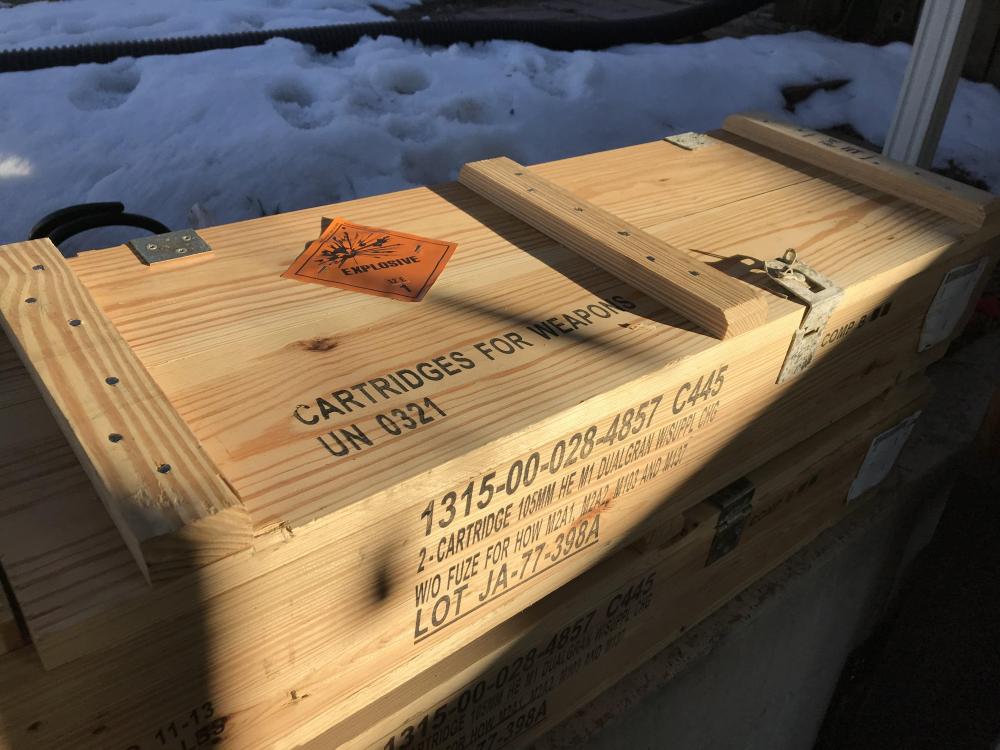
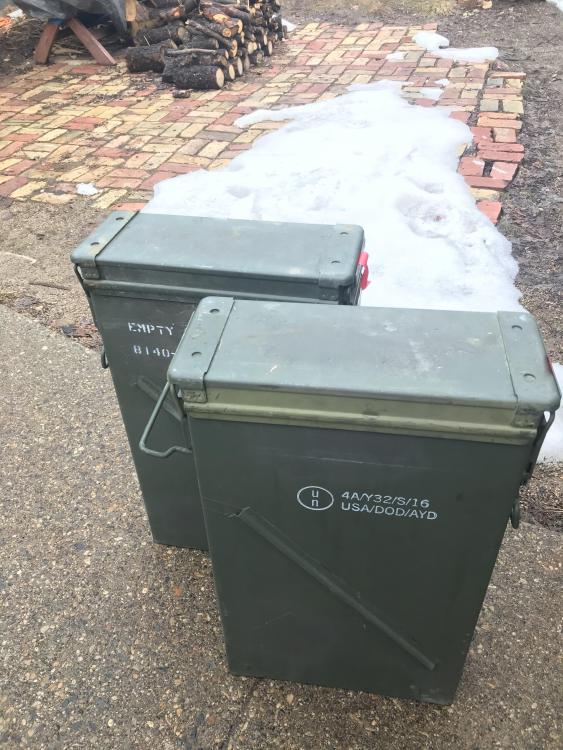
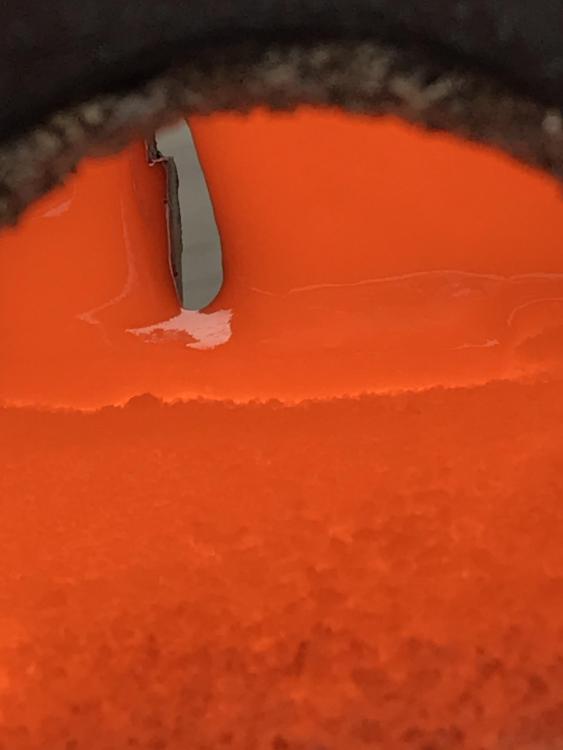
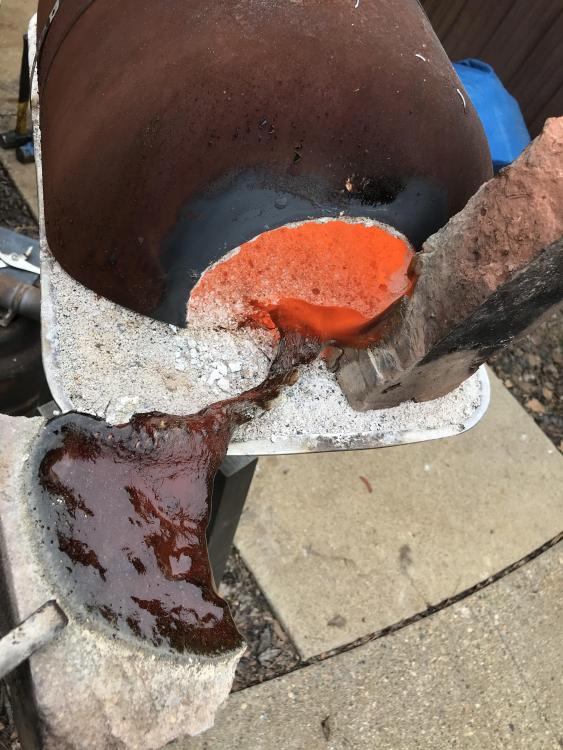
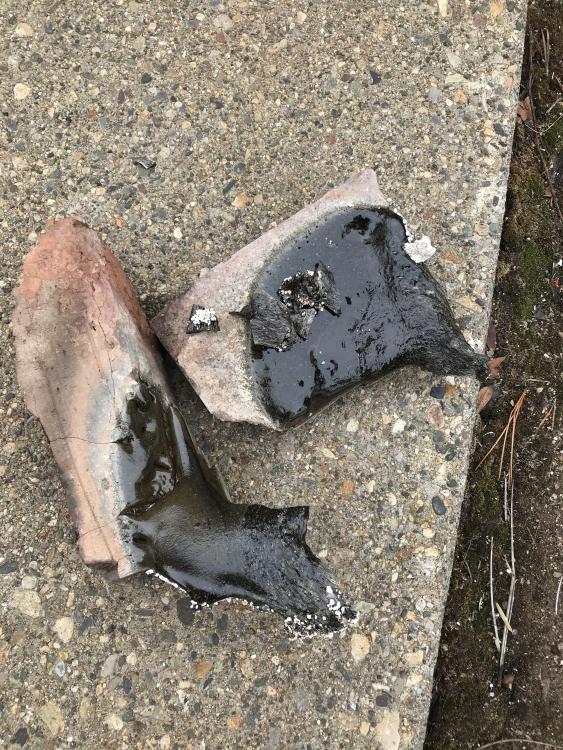
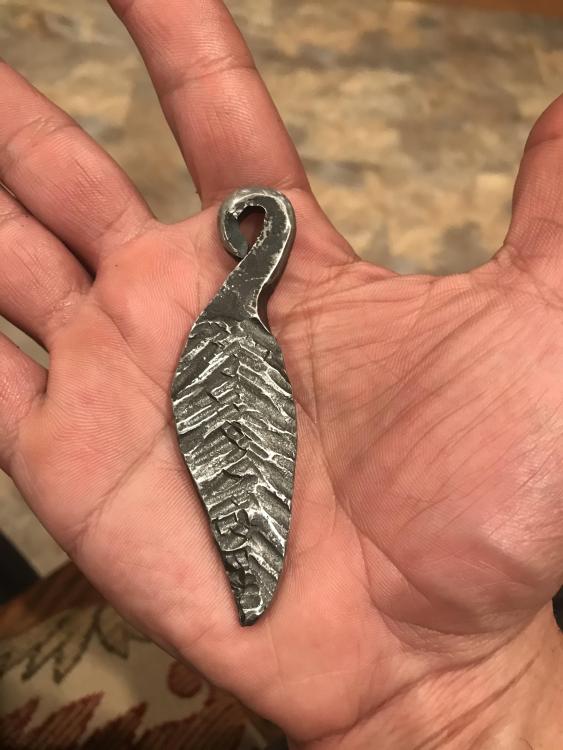
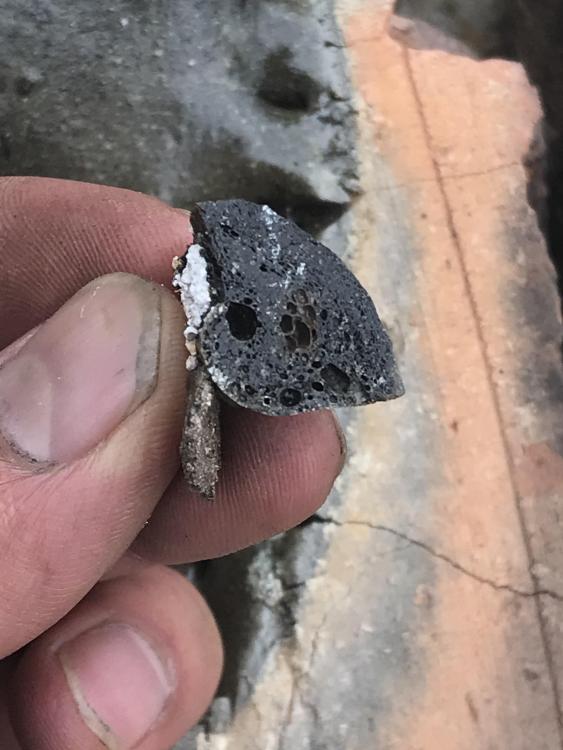
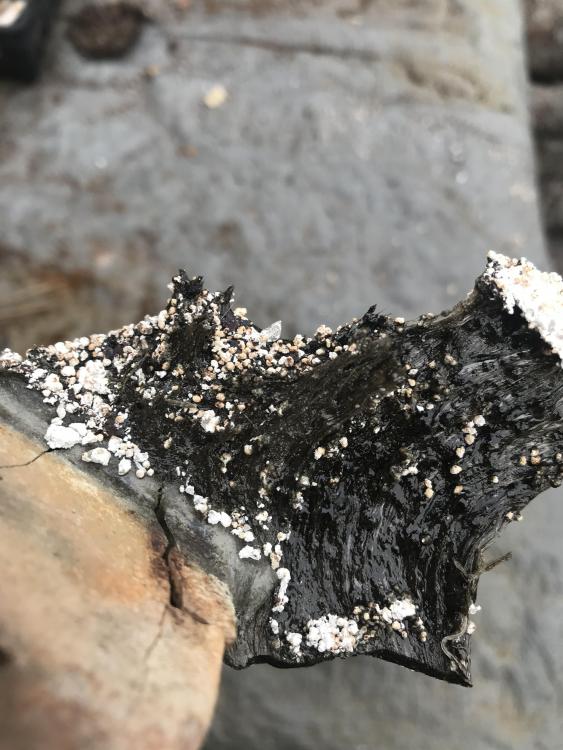
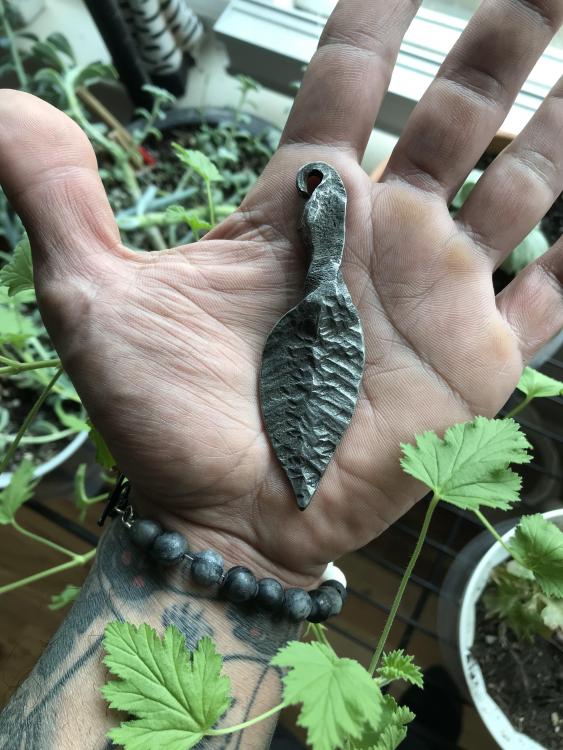
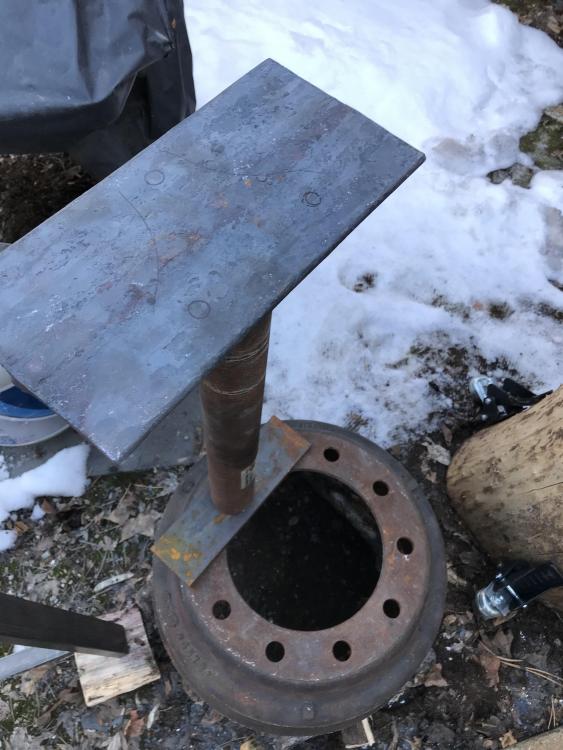
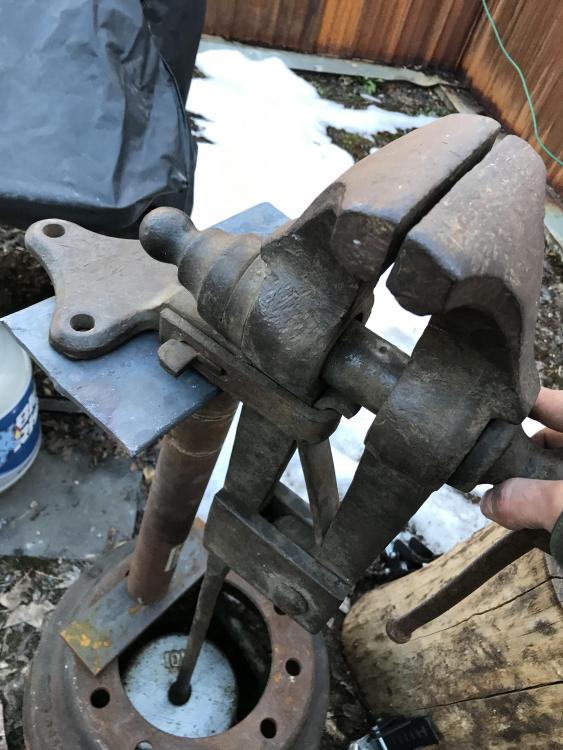
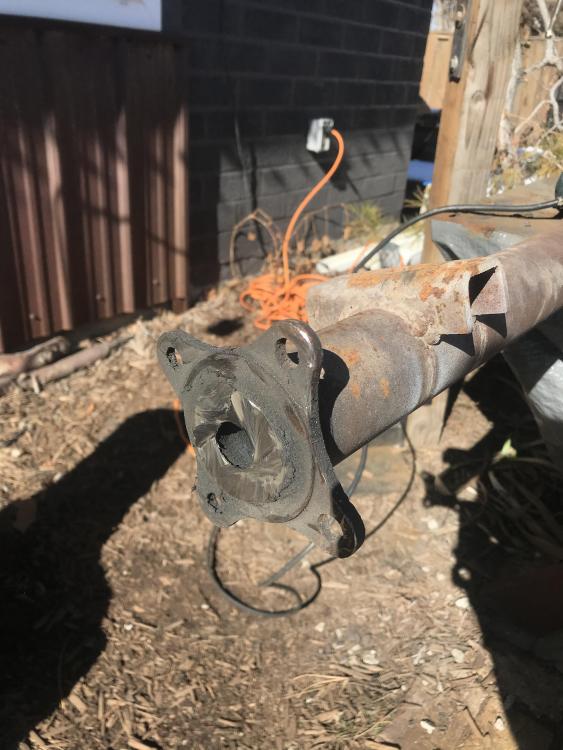
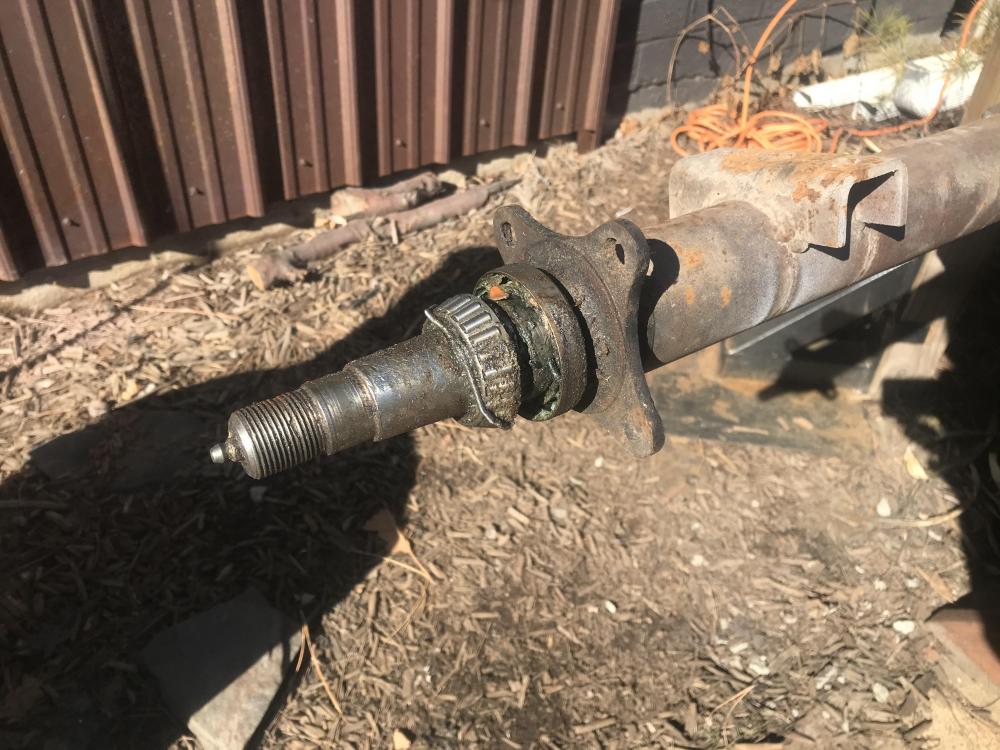
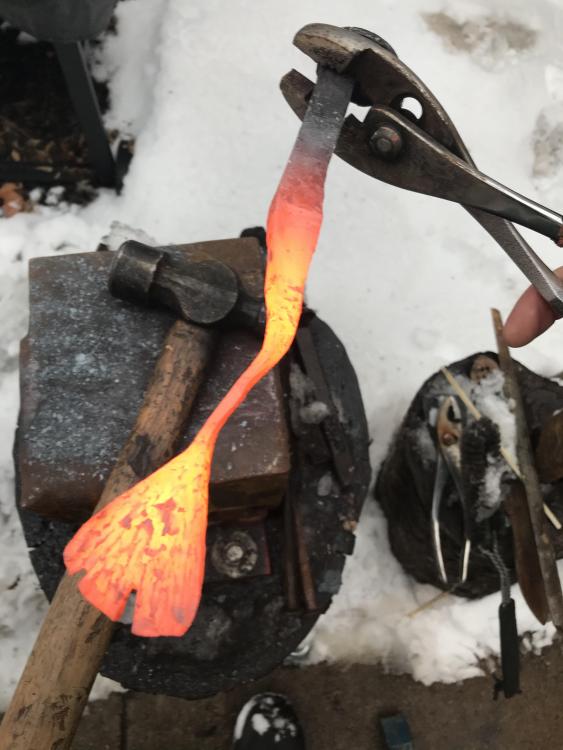
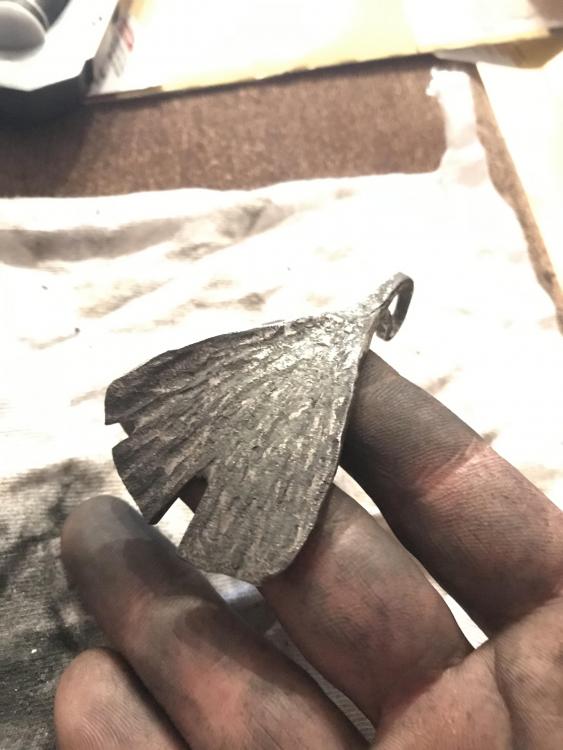
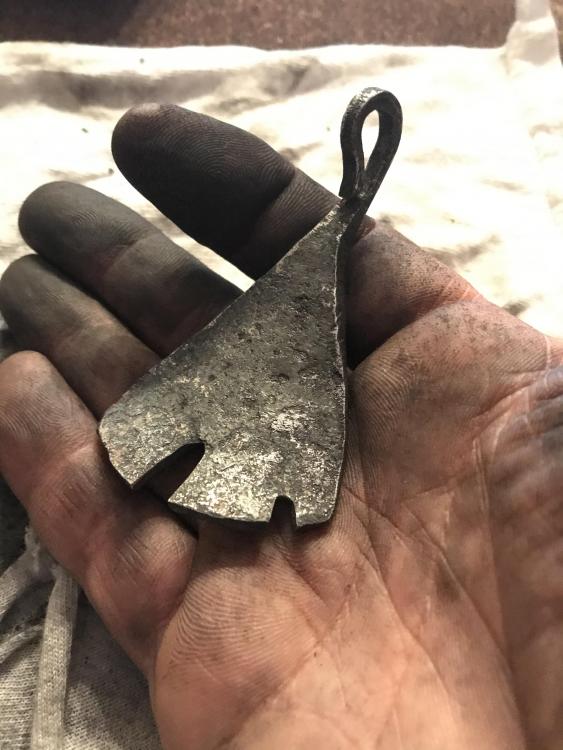
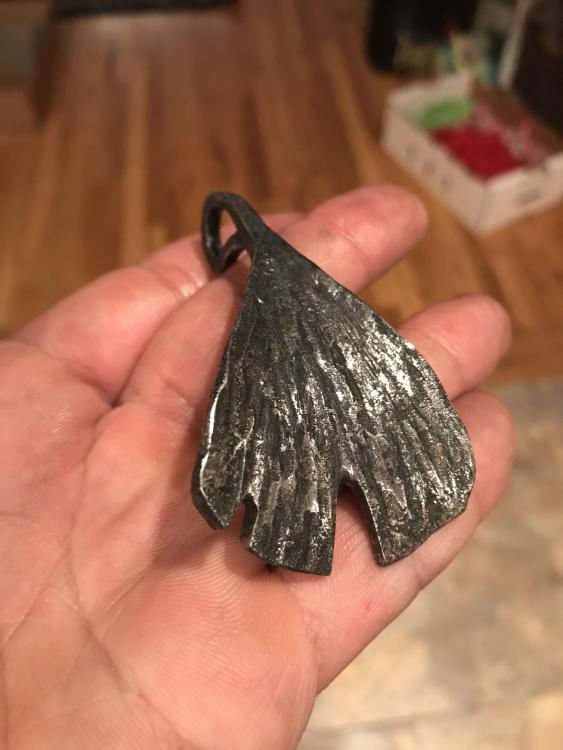
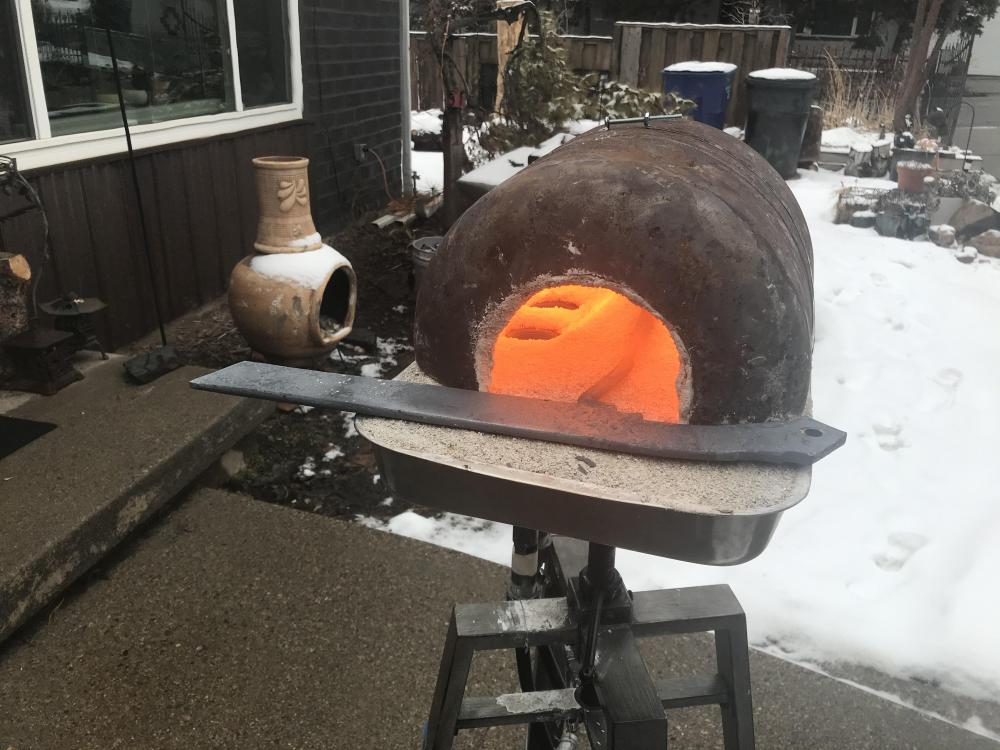
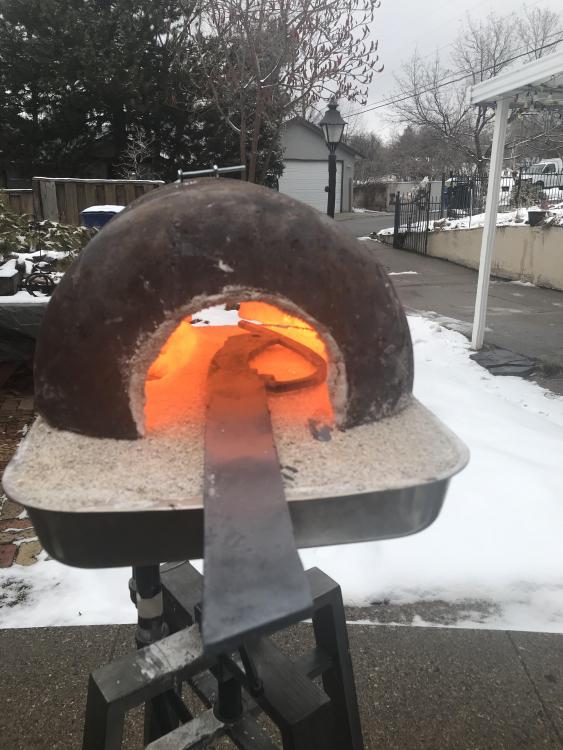
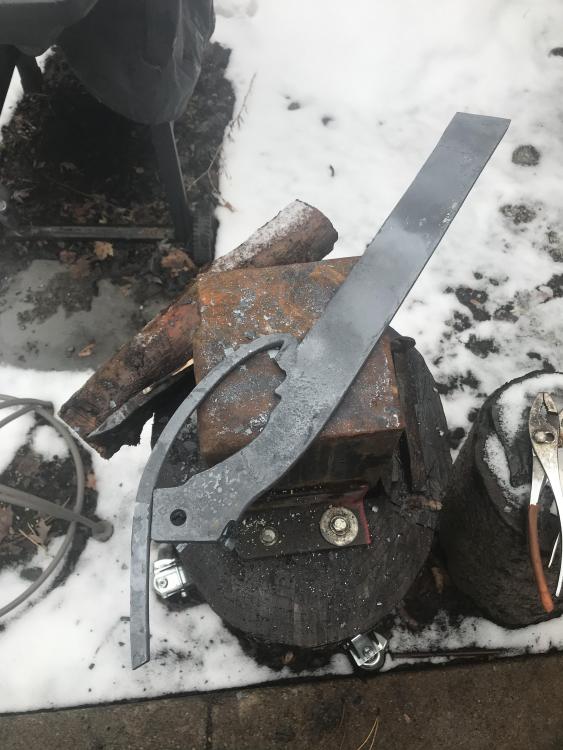
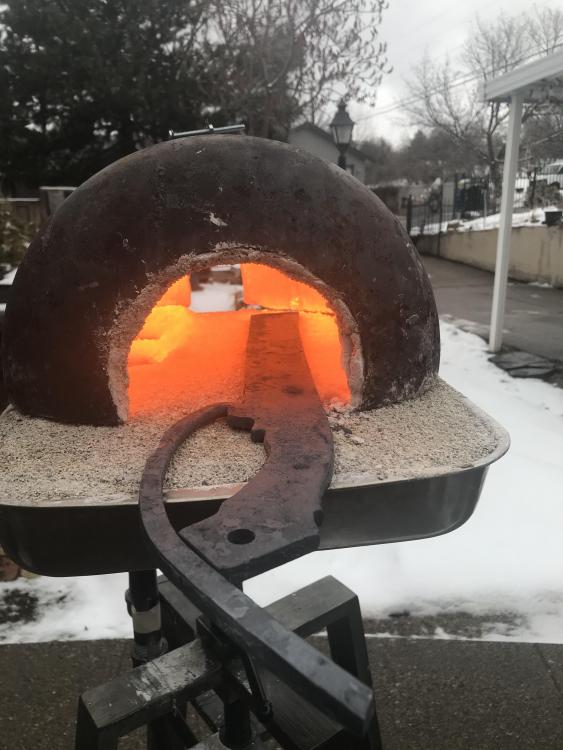
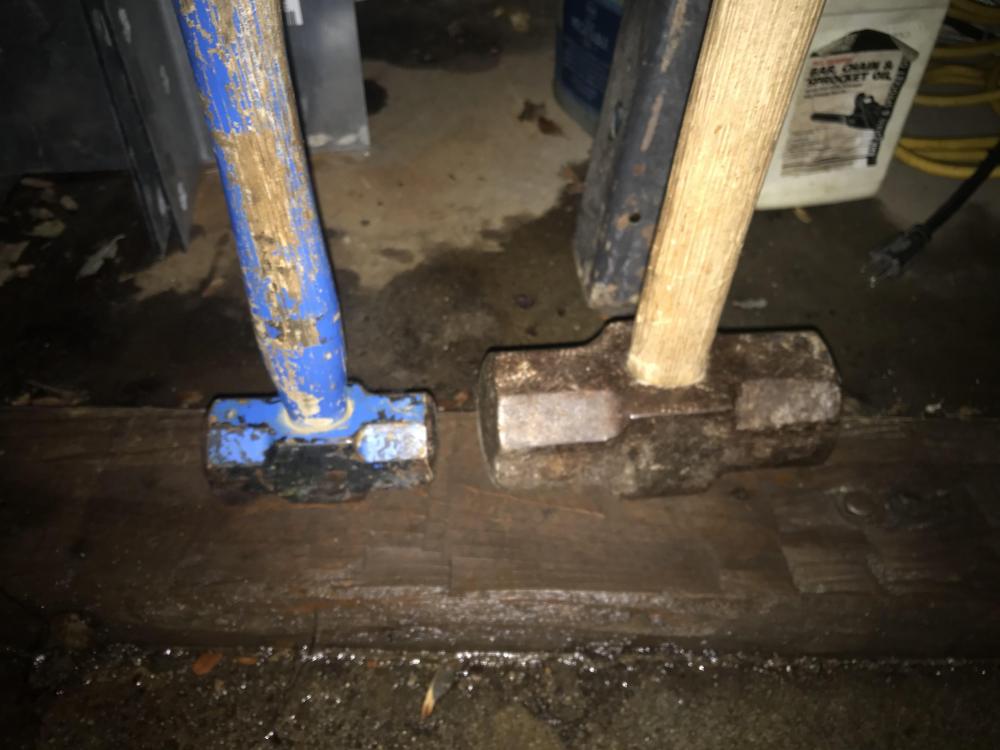
.thumb.jpg.cc41b8d2f0dc13bbb703329f0f4c0942.jpg)
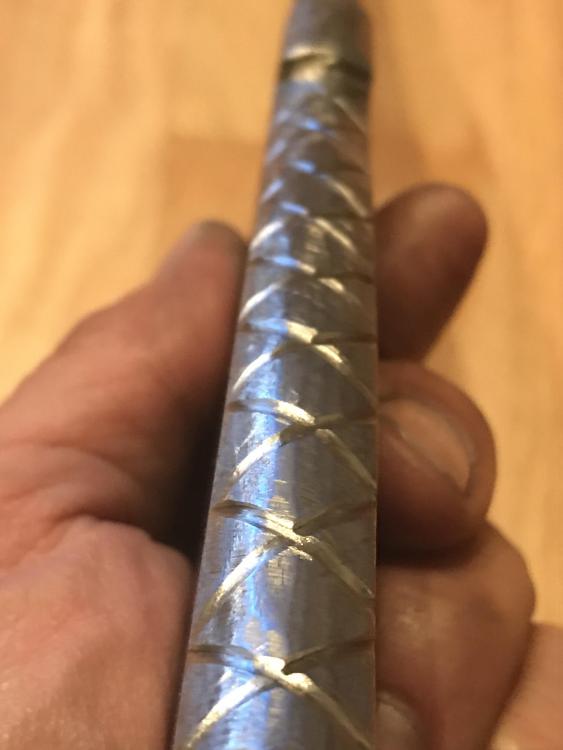
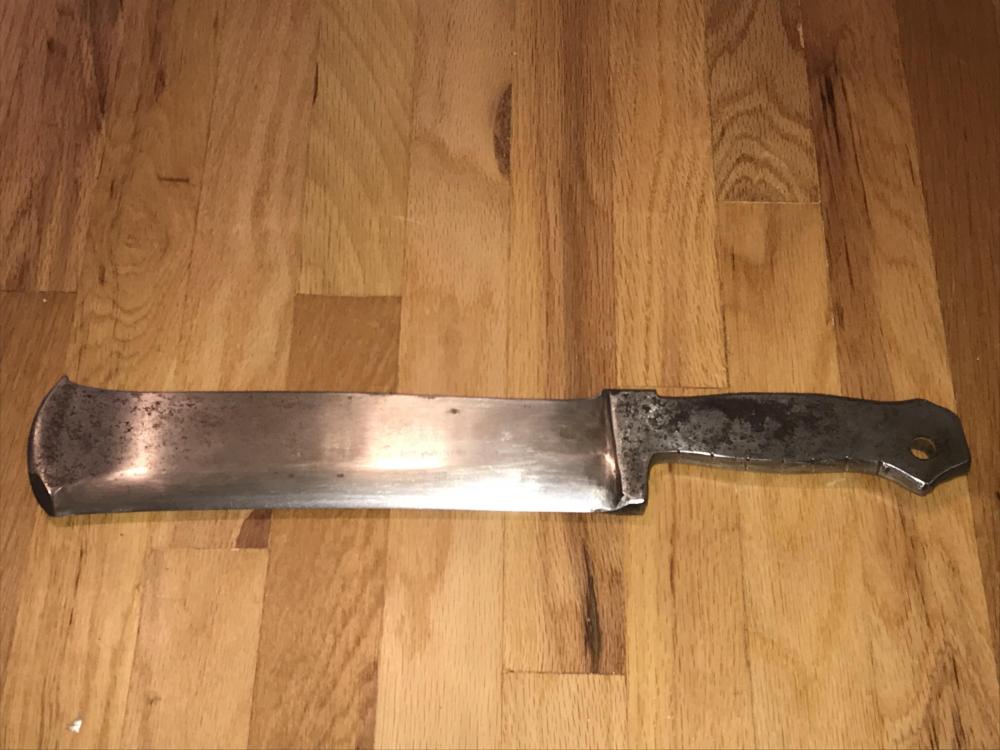
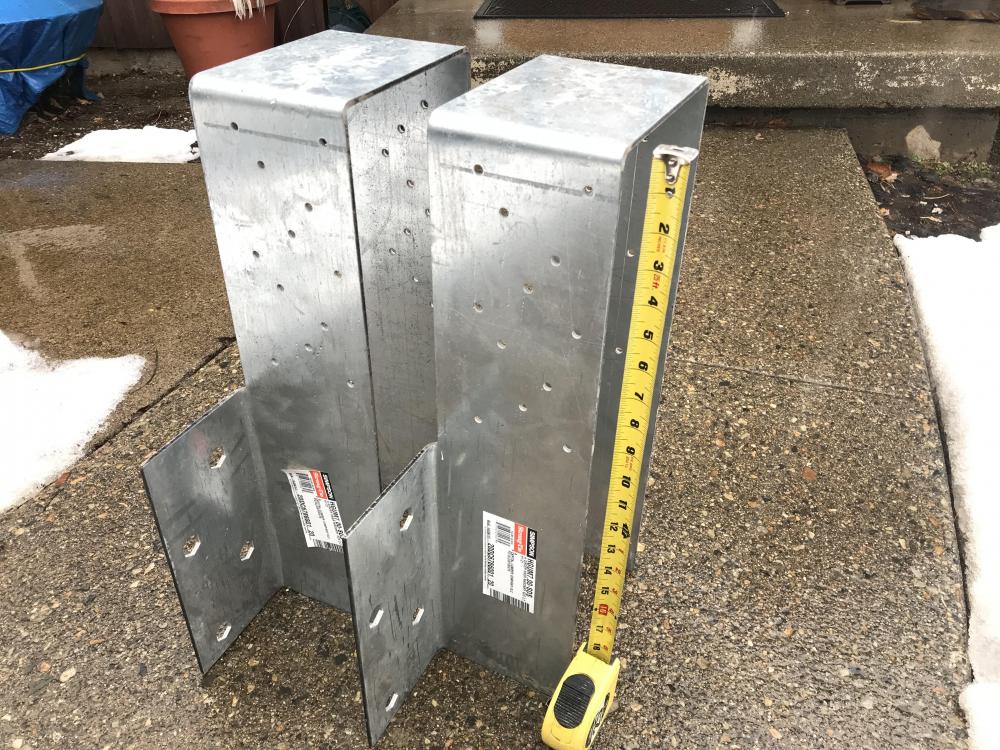
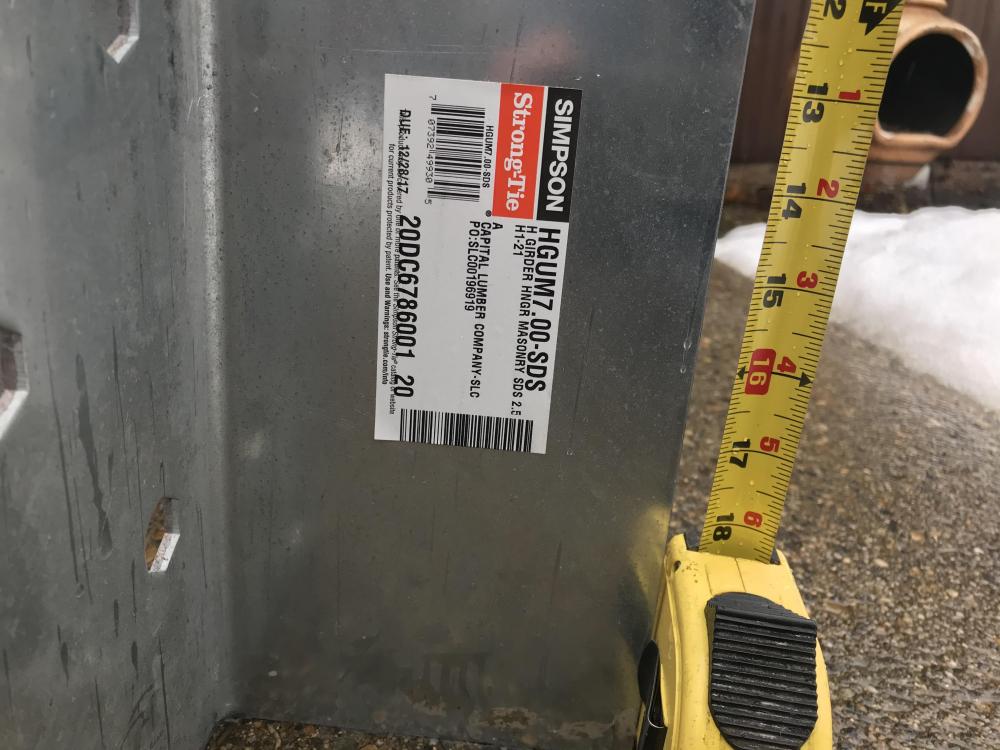
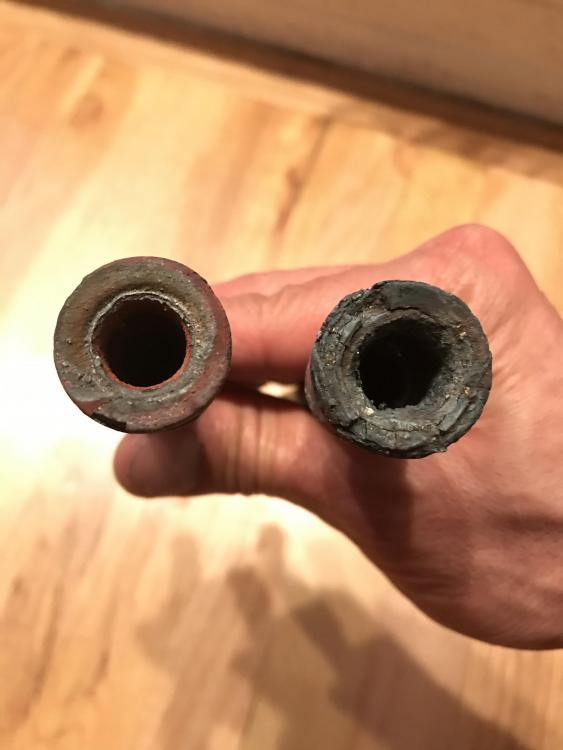
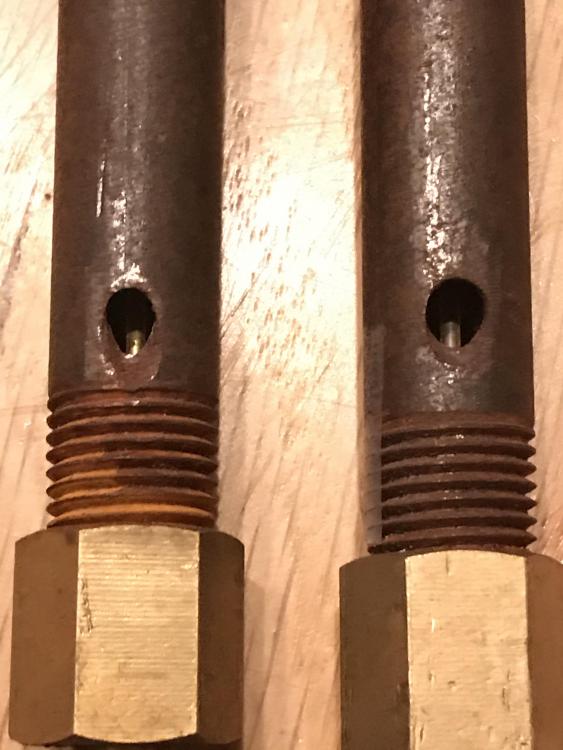
It followed me home
in Blacksmithing, General Discussion
Posted
I found them on the local online for $17 a piece. I talked him down to 2 for $30. Not much of a discount but they go for $25ish on the major online shops. I also had to drive 30min to get them. Not complaining, I’ve been searching for one as well. Good luck!